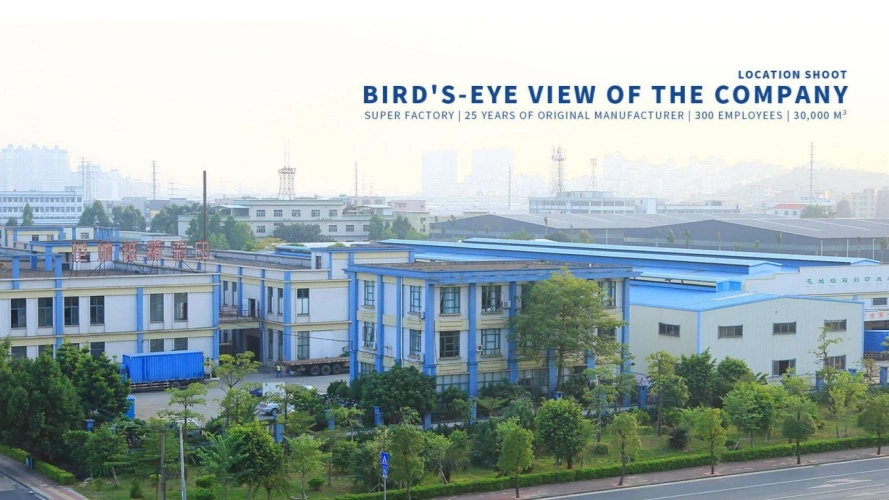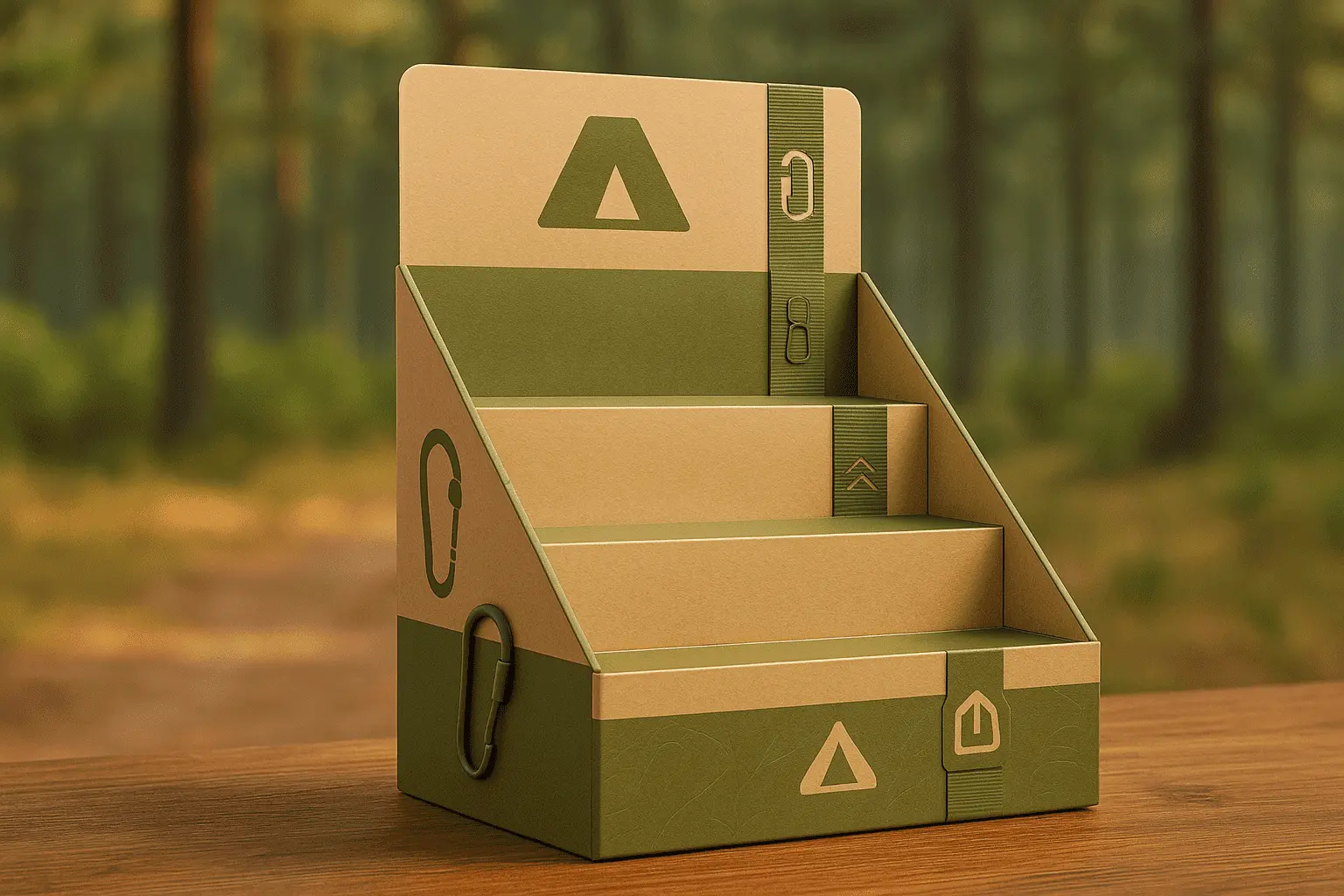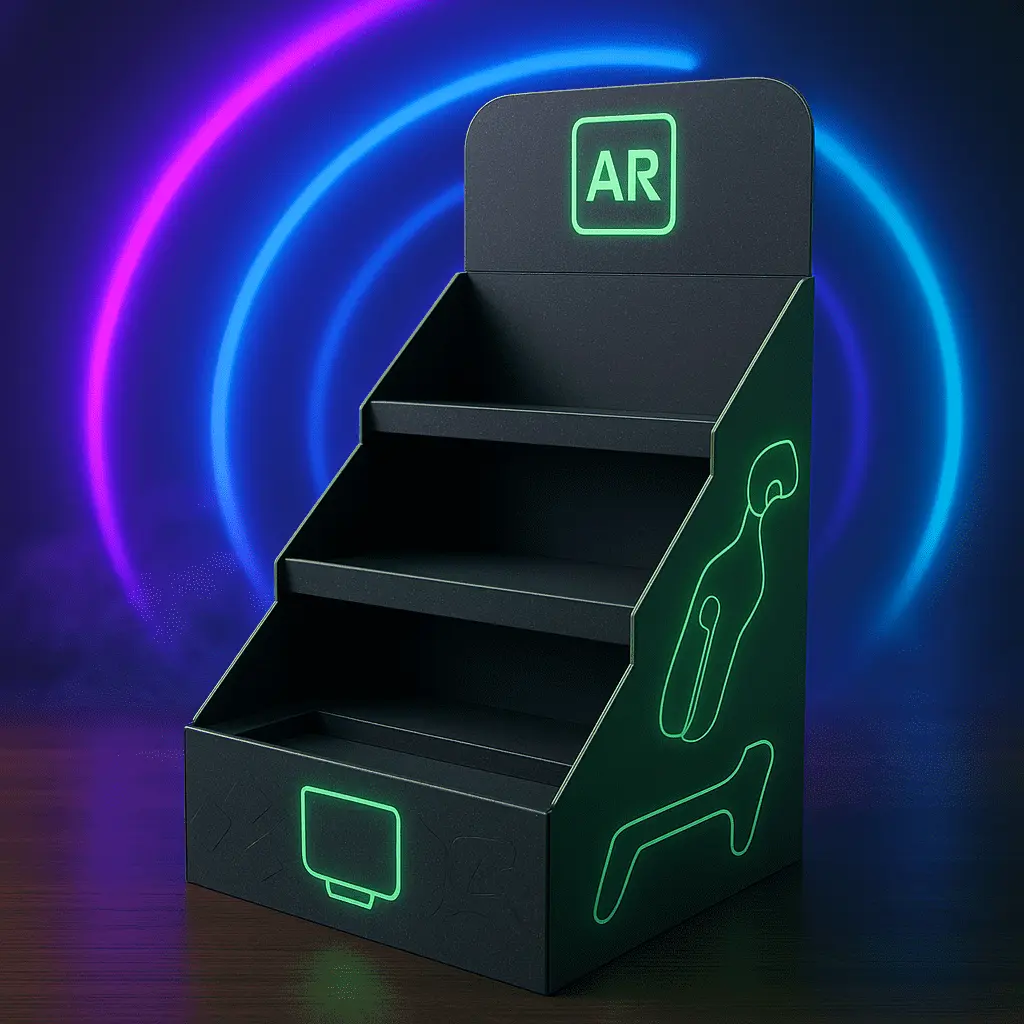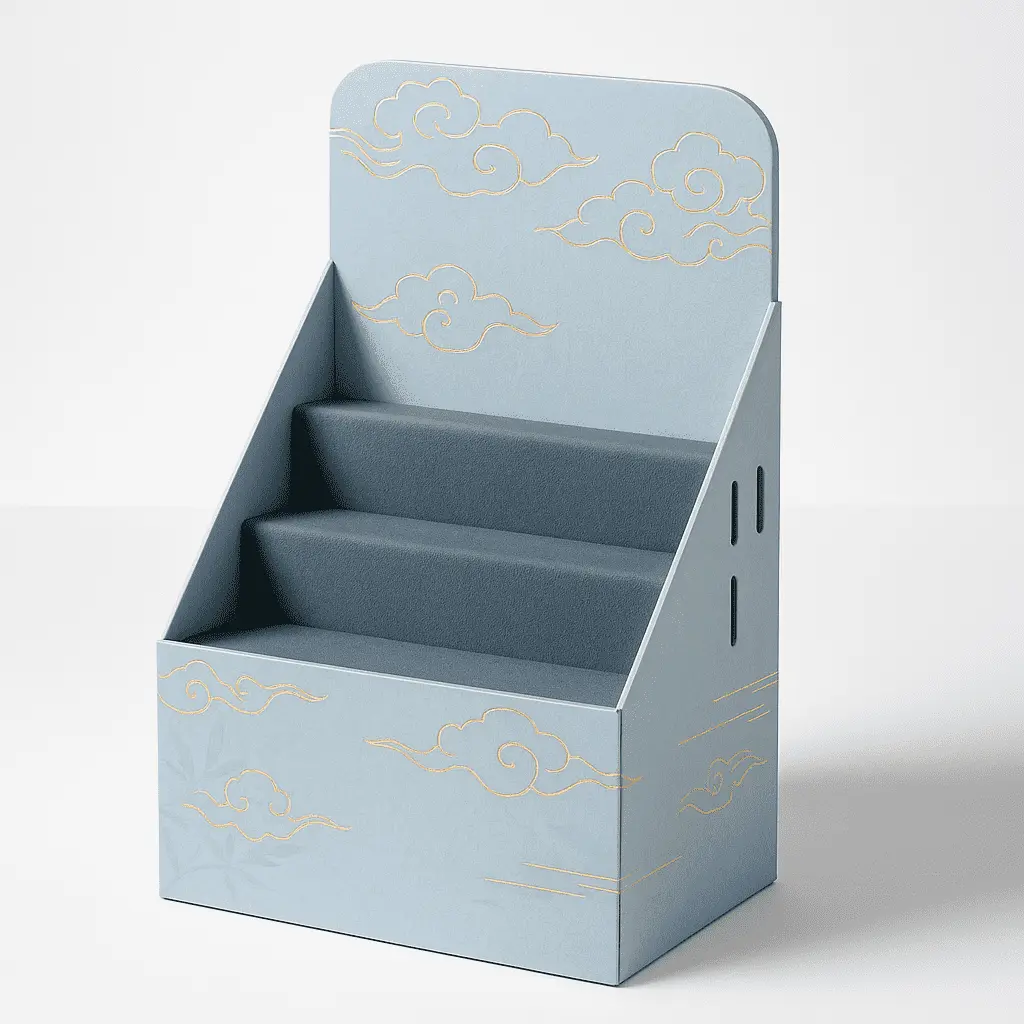Structural Design Considerations for Retail-Ready Packaging
Optimizing for Easy Opening and Stocking
When designing retail-ready packaging, one of the primary considerations is the ease with which store employees can open and stock the products. This aspect is crucial for improving efficiency in the retail environment. Packaging engineers should focus on creating structures that allow for quick and straightforward opening mechanisms. This might include perforated lines, tear-away sections, or innovative folding designs that transform the shipping container into a ready-to-display unit.
Moreover, the packaging should be designed with the stockist in mind. Consider incorporating features such as handles or grips that make it easy to lift and maneuver the package onto shelves. The internal arrangement of products within the packaging should also facilitate swift restocking, potentially utilizing dividers or compartments to keep items organized and prevent shifting during transport.
Ensuring Stability and Product Protection
While ease of use is important, the fundamental purpose of packaging – to protect the product – must not be overlooked. Retail-ready packaging needs to provide adequate protection throughout the supply chain, from manufacturing to the retail shelf. This requires a delicate balance between structural integrity and accessibility.
Designers should consider using materials that offer sufficient strength to withstand the rigors of transportation and handling. Corrugated cardboard, for instance, remains a popular choice due to its versatility and protective qualities. However, innovative materials such as reinforced paperboard or recyclable plastics may also be appropriate, depending on the product and retail environment.
Additionally, the internal structure of the packaging should be designed to prevent product damage. This might involve using inserts, cushioning materials, or custom-fit compartments to keep items secure and separate during transit and display.
Maximizing Shelf Presence and Space Efficiency
Effective retail-ready packaging must also consider the constraints of shelf space in stores. Designers should aim to create packaging that maximizes product visibility while minimizing the footprint on the shelf. This often involves vertical designs that allow for more products to be displayed in a limited area.
Consider the dimensions of standard retail shelves and design packaging that fits these specifications without wasted space. Stackability is another crucial factor – packaging should be able to support the weight of additional units stacked on top without compromising structural integrity or product safety.
Furthermore, the front-facing aspect of the packaging should be optimized for maximum impact. This might involve creating a large, clear window to showcase the product or designing the front panel to serve as an instant billboard for the brand and product information.
Visual Design Elements for Impactful Retail-Ready Packaging
Incorporating Clear Branding and Product Information
The visual design of retail-ready packaging plays a crucial role in attracting consumer attention and conveying essential information. Effective packaging should prominently display the brand logo and product name, ensuring instant recognition on crowded shelves. Color schemes should align with the brand's identity while also considering the psychological impact of colors on consumer perception and purchase decisions.
Product information must be clear, concise, and easily readable from a distance. This includes key details such as product features, benefits, and any unique selling points. For food items, nutritional information and allergen warnings should be clearly visible. Consider using icons or infographics to convey information quickly and effectively, especially for multilingual markets.
Utilizing High-Quality Graphics and Imagery
High-quality graphics and images can significantly enhance the appeal of retail-ready packaging. Professional product photography or well-designed illustrations can showcase the product in its best light, giving consumers a clear idea of what to expect. These visuals should be crisp, vibrant, and accurately represent the product inside.
When designing graphics, consider the viewing angles in a retail environment. Graphics should be visible and impactful from various distances and angles, as consumers may approach the product from different directions. Use of embossing, spot UV, or other printing techniques can add tactile and visual interest, making the packaging stand out on the shelf.
Designing for Multiple Viewing Angles
Retail-ready packaging often needs to function effectively in various display configurations. This might include being stacked on shelves, placed in end-cap displays, or arranged in floor displays. As such, the design should consider multiple viewing angles to ensure the packaging remains effective regardless of its placement.
Side panels can be utilized to provide additional branding or product information, especially useful when packages are stacked. The top of the packaging, often visible when products are displayed at eye level or below, can also be an important canvas for branding and information. Some innovative designs incorporate 360-degree graphics, ensuring the package looks appealing from any angle.
Sustainability and Functionality in Retail-Ready Packaging
Incorporating Eco-Friendly Materials and Designs
In today's environmentally conscious market, sustainability is a key consideration in retail-ready packaging design. Manufacturers are increasingly turning to eco-friendly materials that minimize environmental impact without compromising on functionality. This includes using recycled and recyclable materials, biodegradable options, and reducing overall material usage through innovative design.
Consider materials such as recycled cardboard, plant-based plastics, or even innovative options like mushroom packaging. The design should also facilitate easy separation of different materials for recycling. Clear labeling of recyclable components helps consumers dispose of packaging responsibly. Additionally, minimizing the use of inks and adhesives that could interfere with recycling processes is crucial.
Balancing Protection and Waste Reduction
While protecting products is paramount, excessive packaging is increasingly frowned upon by environmentally conscious consumers. The challenge lies in finding the right balance between adequate protection and minimal waste. This often involves rethinking traditional packaging methods and exploring innovative solutions.
One approach is to design packaging that serves multiple functions. For instance, a box that transforms into a display stand eliminates the need for separate shelf fixtures. Similarly, packaging that can be repurposed by the consumer after use adds value and reduces waste. Clever structural design can also reduce the need for additional protective elements like bubble wrap or foam inserts.
Enhancing User Experience Through Packaging Design
The functionality of retail-ready packaging extends beyond the store shelf to the consumer's home. Packaging that enhances the user experience can significantly boost brand perception and customer satisfaction. This might include easy-open features, resealable options for food products, or packaging that aids in product dispensing or storage.
Consider how the packaging will be used throughout the product's lifecycle. For instance, a cereal box with a pour spout improves the user experience long after the initial purchase. Similarly, packaging for electronics that doubles as a storage case adds value for the consumer. These functional elements should be clearly communicated on the packaging to highlight their benefits to potential buyers.
Conclusion
Designing effective retail-ready packaging requires a multifaceted approach that balances structural integrity, visual appeal, sustainability, and functionality. By focusing on easy opening and stocking, ensuring product protection, maximizing shelf presence, incorporating clear branding, utilizing high-quality graphics, designing for multiple viewing angles, using eco-friendly materials, balancing protection with waste reduction, and enhancing user experience, manufacturers can create packaging that stands out in the competitive retail environment. These best practices not only improve efficiency for retailers but also enhance the shopping experience for consumers, ultimately driving sales and brand loyalty.
FAQs
What is retail-ready packaging?
Retail-ready packaging is designed to be easily moved from the delivery truck to the store shelf with minimal handling. It often serves as both shipping container and display unit.
Why is sustainability important in retail-ready packaging?
Sustainability is crucial due to increasing consumer awareness of environmental issues. Eco-friendly packaging can enhance brand image and meet regulatory requirements.
How can retail-ready packaging improve efficiency?
Well-designed RRP can reduce the time and labor needed to stock shelves, improve product visibility, and minimize waste in the supply chain.
Expert Retail-Ready Packaging Solutions | Fetching Printing
At Fetching Printing, we specialize in creating custom retail-ready packaging solutions that meet the unique needs of our global clients. Our team of experienced packaging engineers can help you design and manufacture packaging that stands out on the shelf, protects your products, and aligns with your brand values. As a leading supplier and manufacturer in the industry, we offer innovative, sustainable, and cost-effective packaging options. Contact us at support@fetchingprinting.com to discuss your retail-ready packaging needs.
References
Smith, J. (2022). The Evolution of Retail-Ready Packaging in Modern Commerce. Journal of Packaging Innovation, 15(3), 45-62.
Green, A. & Brown, B. (2021). Sustainable Practices in Retail Packaging Design. Environmental Packaging Quarterly, 8(2), 112-128.
Johnson, C. (2023). Consumer Perceptions of Retail-Ready Packaging: A Global Survey. International Journal of Retail Marketing, 30(1), 78-95.
Lee, D. & Park, S. (2022). Structural Innovations in Retail-Ready Packaging: Case Studies and Analysis. Packaging Technology and Science, 35(4), 301-318.
Wilson, E. (2021). The Impact of Retail-Ready Packaging on Supply Chain Efficiency. Journal of Logistics Management, 18(2), 156-173.
Taylor, R. (2023). Visual Design Strategies for Effective Retail-Ready Packaging. Design and Marketing Review, 12(3), 89-106.





